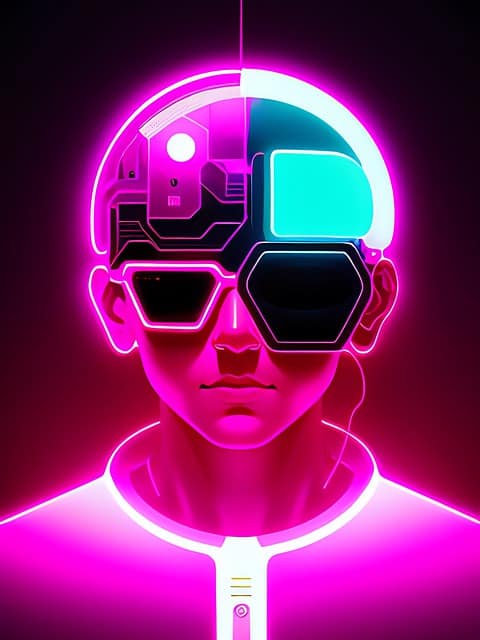ChatGPT has gained significant attention for its remarkable ability to engage in dynamic and human-like conversations. However, to truly appreciate its capabilities, it is crucial to understand the technology that powers ChatGPT and how it works. In this blog post, we will delve into the underlying technology behind ChatGPT, providing insights into its architecture and training process. By the end, you’ll have a comprehensive understanding of how ChatGPT works and what makes it such a revolutionary conversational AI model.
The Architecture: GPT and Transformer
ChatGPT is built upon the foundation of the GPT (Generative Pre-trained Transformer) architecture. Transformers have revolutionized the field of natural language processing (NLP) by effectively capturing contextual dependencies and relationships within text data. Unlike traditional recurrent neural networks (RNNs), transformers utilize self-attention mechanisms to weigh the importance of different words in a sentence, enabling more accurate and efficient language modeling.
The Training Process: Pre-training and Fine-tuning
ChatGPT’s exceptional conversational abilities are a result of its extensive training process. It involves two key stages: pre-training and fine-tuning.
Pre-training: In the pre-training phase, ChatGPT is exposed to a large corpus of publicly available text from the internet. The model learns to predict the next word in a sentence, acquiring a broad understanding of language patterns, grammar, and context. By capturing statistical regularities from the vast amount of data, ChatGPT develops a rich language representation.
Fine-tuning: After pre-training, ChatGPT undergoes fine-tuning on a narrower dataset that is carefully curated and prepared. This dataset includes demonstrations of correct behavior and comparisons to rank different responses. Fine-tuning helps shape ChatGPT’s behavior, making it more aligned with the desired outcomes and ensuring ethical considerations are taken into account.
The fine-tuning process involves providing prompts to the model and collecting its responses. The responses are then evaluated and ranked by human reviewers, who provide feedback and assess the quality of the generated content. This iterative feedback loop helps improve the model’s performance and align it with user expectations.
Modeling Conversations: Guidelines and System Prompts
To train ChatGPT specifically for conversational tasks, OpenAI employs conversations generated by human AI trainers. These trainers follow guidelines provided by OpenAI, which emphasize producing helpful and safe responses. The trainers also have access to model-written suggestions called “system prompts” to assist them in formulating responses.
The guidelines and system prompts help steer ChatGPT towards generating coherent and relevant replies. They aim to ensure that the model avoids biased, offensive, or inappropriate content and provides accurate and helpful information to users.
Limitations and Ethical Considerations
While ChatGPT has made significant strides in conversational AI, it is important to acknowledge its limitations. ChatGPT can sometimes generate incorrect or nonsensical responses, and it is sensitive to the phrasing and framing of user queries. It can also be excessively verbose or overly cautious in its responses.
To address these limitations and prioritize user safety, OpenAI has implemented safety mitigations and the fine-tuning process. They actively collect feedback from users to identify and reduce biases and improve the system’s behavior. OpenAI also encourages users to provide feedback on problematic model outputs to enhance its training and address potential risks.
ChatGPT’s technology is rooted in the powerful GPT architecture and the transformative potential of transformer models. Through its pre-training and fine-tuning process, ChatGPT acquires a broad understanding of language and gains the ability to generate human-like responses in conversations.
While ChatGPT has its limitations, OpenAI’s ongoing efforts to address biases, improve safety, and incorporate user feedback showcase their commitment to responsible AI development.
Understanding the technology behind ChatGPT allows us to appreciate the advancements made in conversational AI. With continued research and refinement, ChatGPT paves the way for more sophisticated and user-centric conversational experiences, driving the evolution of AI-powered interactions.
Book Scott Today
Book Scott to keynote at your next event!
Managing Partner at Astor Perkins, TEDx, Top Global Innovation Keynote Speaker, Forbes, Singularity University, SXSW, IBM Futurist, Tribeca Disruptor Foundation Fellow, National Sloan Fellow, Wiley Author, TechCrunch, Winner of Innovation Awards.


















